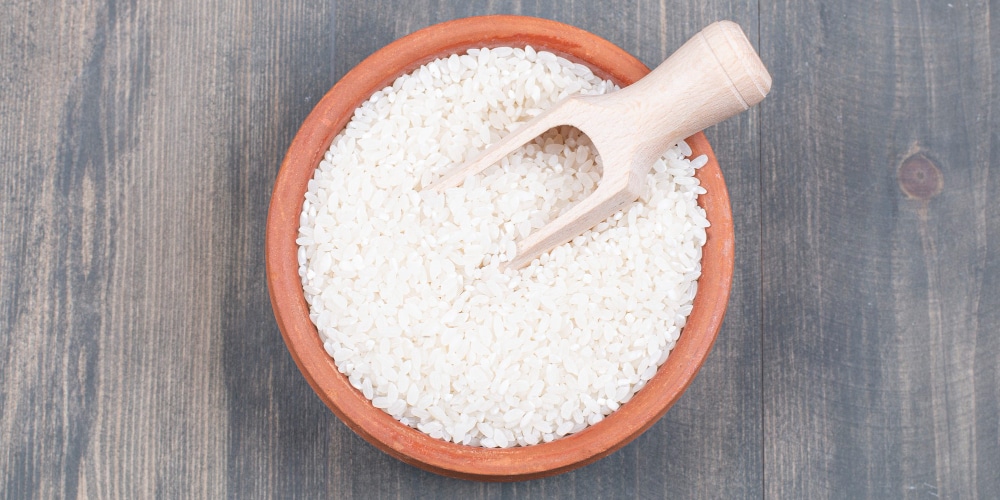Latest
Beyond Valentines: The health costs of intimate partner violence
Valentine’s Day celebrates love. But beyond the roses and romantic gestures, there exists a stark reality that is often overlooked – intimate partner violence
Author
Author
- admin / 10 months

- 0
- 5 min read

Author
Valentine’s Day is touted to be the day of love, with roses, chocolates, gifts and words of affirmation used to symbolise this love. However, there is a darker, many a times unspoken side of love that lurks in the corners of many Indian households- intimate partner violence.
Intimate partner violence refers to any behaviour within a close relationship that inflicts physical, emotional, or sexual harm. It is a major contributor to illness and death among women of reproductive age globally, and India is no different.
Data shows that while the percentage of married women of spousal violence has reduced slightly, it is still very prevalent. The National Family Health Survey-5 (NFHS-5) reports that 29.3% of married women aged 18–49 have faced spousal violence at least once, which is slightly less (31.2%) than similar figures given in NFHS-4. However, this does not count the myriad of unmarried women who may also be subjected to violence at the hands of their partner.
Economic empowerment is often championed as a pathway to enhancing women’s autonomy and reducing their vulnerability to intimate partner violence. However, research indicates that the working status of women in India is not a protective factor for violence against women—it has to be coupled with “higher education and modified cultural norms against women,” to make a difference. Studies also show that intimate partner violence, involving physical and/or sexual abuse by a spouse or partner, is a prevalent healthcare concern.
Does employment reduce or increase intimate partner violence risks?
A study published in the Journal of Interpersonal Violence analysed data from 20 low- and middle-income countries (LMICs) and found a significant link between women’s employment and increased risk of past-year intimate partner violence.
“Our findings suggest that more prevalent women’s employment can heighten the risk of such violence. Although few studies are available to explain this finding, it is possible that men who live in communities with greater women’s employment experience additional threat to patriarchal gender norms,” the study noted.
Another study titled “Intimate Partner Violence and Women’s Economic Empowerment: Evidence from Indian States” published by the International Monetary Fund (IMF) analysed data from 235,000 Indian women and found that “unless in paid and formal employment, a woman’s economic activity is associated with a higher risk of intimate partner violence (IPV).”
However, the study noted that greater household decision-making power, a well-educated husband, and a society that rejects intimate partner violence and encourages reporting the cases of violence help reduce this risk.
“Women’s formal and paid employment can also reduce the individual’s risk of IPV,” the IMF study suggested.
The health toll of intimate partner violence
Intimate partner violence is not just a social or economic issue—it is a public health crisis. A study used secondary data from National Family Health Survey-4 (NFHS-4, 2015–16) to understand spousal violence and its impact on pregnancy outcomes and women’s reproductive health in India. One in three women face violence from their husbands and spousal abuse negatively impacts pregnancy outcomes and reproductive health more in abused women than in those who are not, the study concluded.
According to the World Health Organization (WHO), women who experience such violence are nearly twice as likely to suffer from depression compared to those who do not. Additionally, studies have also shown that women exposed to intimate partner violence during pregnancy may be at an increased risk of preterm birth.
However, despite the risks and significant consequences, not every woman is able to seek help when met with such violence. Estimates show that only about 14.2 per cent of women who faced either physical and/or sexual violence at the hands of their partners, ever sought any help—this means that a large majority (85.8 per cent) never sought help.
“At the individual level, women who were formerly married had higher odds of help-seeking (25.24%) compared to those who were still married (13.10%). Women with higher secondary level of education (16.73%) and those currently working (18.90%) were more likely to seek help compared to their counterparts,” the study noted, while adding that women who earned more than their husbands, or had fewer children, women whose husbands drank alcohol, and richer women were also more likely to seek help. But even these increased rates do not exceed 20 per cent.
The way forward
India has specific laws that deal with such violence and protect women, however some gaps still remain, including poor implementation and enforcement, lower rates of reporting.
It also does not help that marital rape is yet to be outlawed in the country. Just this Wednesday, reports emerged of the Chhattisgarh High court acquitting a man who indulged in brutal unnatural sex with his wife that eventually led to her death, on the grounds that marital rape was not illegal in India.
Societal norms, gender roles, power imbalances and economic factors all contribute to the problem. “To truly combat intimate partner violence, we need a multi-pronged approach that addresses the root cultural, economic and psychological underpinnings of this behavior. Promoting true gender equality, ensuring strict enforcement of laws against domestic abuse, and providing accessible mental health support for both victims and perpetrators have to be priorities,” according to researchers.
Also read: 19 million adolescent girls experience intimate partner violence: WHO – First Check
(Do you have a health-related claim that you would like us to fact-check? Send it to us, and we will fact-check it for you! You can send it on WhatsApp at +91-9311223141, mail us at hello@firstcheck.in, or click here to submit it online)










